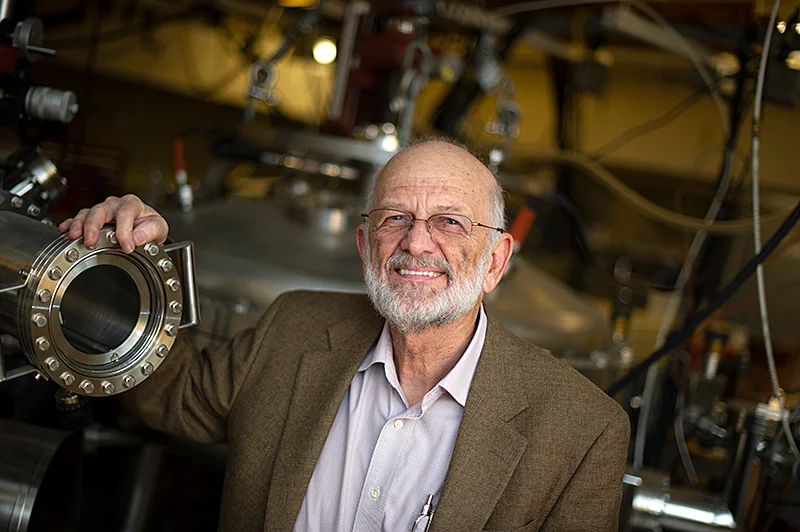
Fig. 1. Transmitted-light (TL) photomicrographs of Q. magnifica from the Chuanlinggou Formation.
(A to D and K) Filaments with cells of varying length and width. (E) Four-celled filament with hemispherical terminal cell. (F and G) Filament with notably decreasing cell width toward one end. Note that (F) and (G) represent the same specimen; (F) lost the narrowest part of the filament as shown in (G). (H to J) Filaments displaying more uniformity of cell dimensions. (L) Two-celled filament with ovoid terminal cell. All specimens were handpicked from organic residues of acid maceration and photographed in wet mounts, except for (K), which was photographed from a permanent strew mount. Solid and empty gray triangles in (A), (C), and (K) indicate the longest and the shortest cells, respectively, within single filaments. tb, transverse band (interpreted as cross wall); tr, transverse ring (interpreted as partially preserved cross wall). Scale bar, 50 μm [(A) to (E), (I), (J), and (L)] and 100 μm [(F) to (H) and (K)].
(A to D and K) Filaments with cells of varying length and width. (E) Four-celled filament with hemispherical terminal cell. (F and G) Filament with notably decreasing cell width toward one end. Note that (F) and (G) represent the same specimen; (F) lost the narrowest part of the filament as shown in (G). (H to J) Filaments displaying more uniformity of cell dimensions. (L) Two-celled filament with ovoid terminal cell. All specimens were handpicked from organic residues of acid maceration and photographed in wet mounts, except for (K), which was photographed from a permanent strew mount. Solid and empty gray triangles in (A), (C), and (K) indicate the longest and the shortest cells, respectively, within single filaments. tb, transverse band (interpreted as cross wall); tr, transverse ring (interpreted as partially preserved cross wall). Scale bar, 50 μm [(A) to (E), (I), (J), and (L)] and 100 μm [(F) to (H) and (K)].
As though the abundant evidence of life on earth before about 10,000 years ago wasn't bad enough for creationists who believe the Universe and everything in it were was magicked out of nothing in 6 days around about then, a team of scientists led by led by Professor ZHU Maoyan from the Nanjing Institute of Geology and Palaeontology, Chinese Academy of Sciences (NGIPAS), has now pushed the date of oldest-known multicellular, eukaryote organism back another 70 million years to a whapping 1.63 billion years before the supposed 'Creation Week'.
This would mean, if their superstition had any merit that creationists believe Earth has been around for just the last 0.0006% of the time that multicellular eukaryotes have existed on it.
And they wonder why people laugh!
The fossils were discovered in the Yanshan area of North China in the late Paleoproterozoic Chuanlinggou shale Formation which is about 1,635 million years old. The age of the fossils is constrained by a layer of volcanic ash ~40 m above the fossil horizon in the Kuancheng area, which has yielded a U-Pb zircon age of 1634.8 ± 6.9 Ma (23).
All complex life on Earth, including diverse animals, land plants, macroscopic fungi and seaweeds, are multicellular eukaryotes. Therefore, multicellularity is key for eukaryotes to acquire organismal complexity and large size, and often regarded as one major transition in Earth’s life history by scientists. However, it is still poorly understood when eukaryotes first evolved this innovation in their deep evolutionary history.
Fossil records with convincing evidence show that eukaryotes with simple multicellularity already appeared at 1.05 billion years ago, including red and green algae, and putative fungi. Older records claimed to be multicellular eukaryotes, but most of them are controversial due to their simple morphology and lack of cellular structure.

















.jpg)








